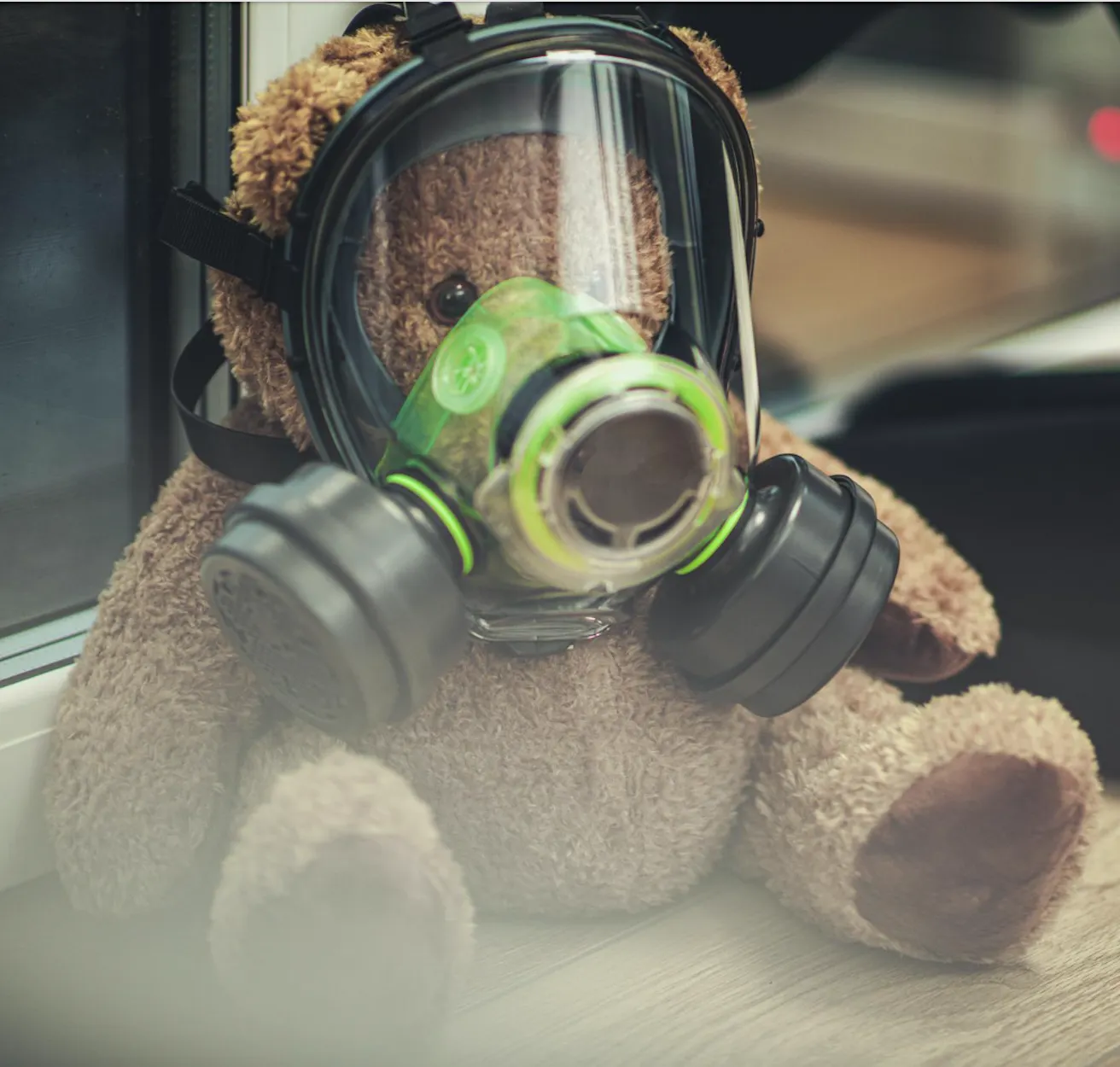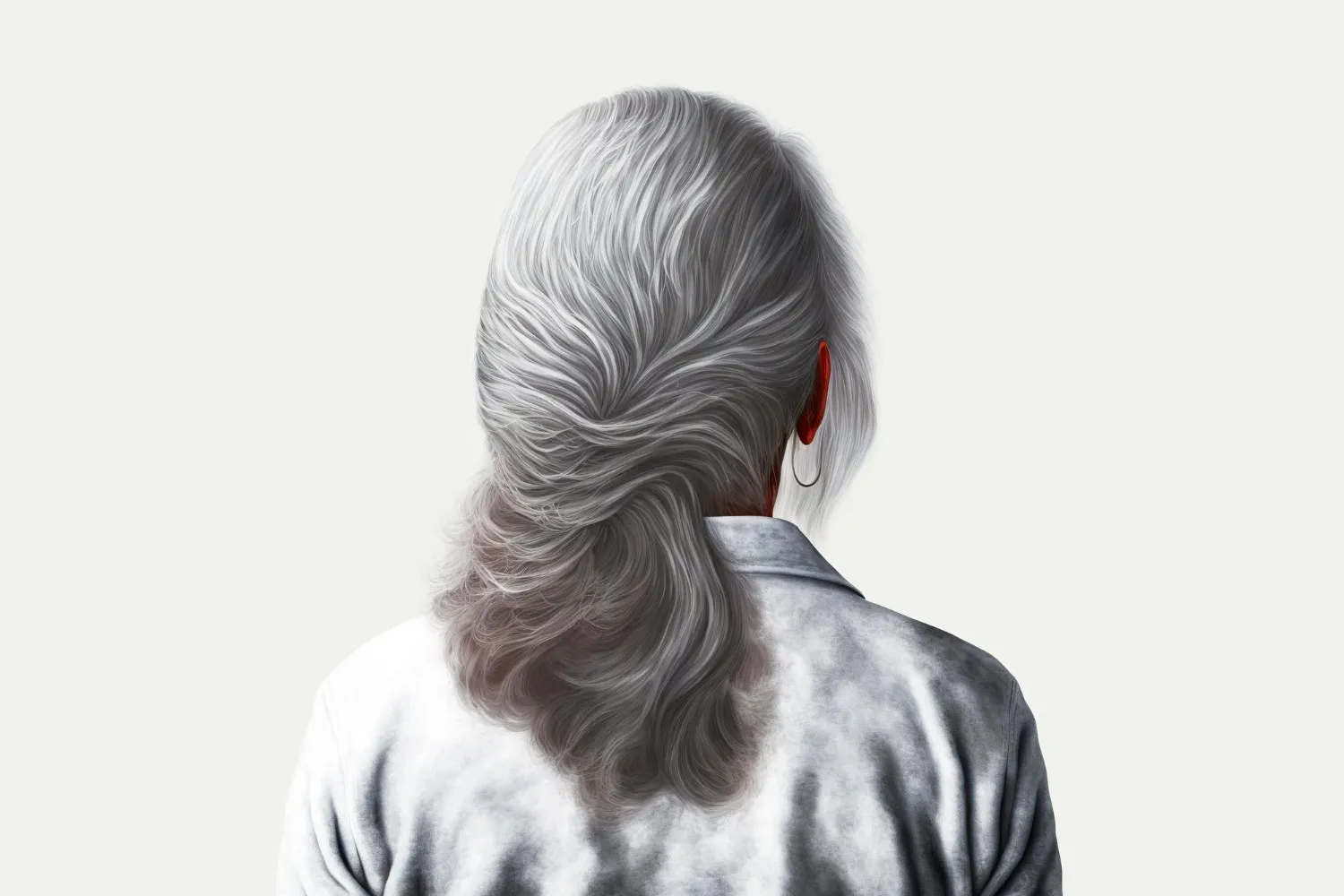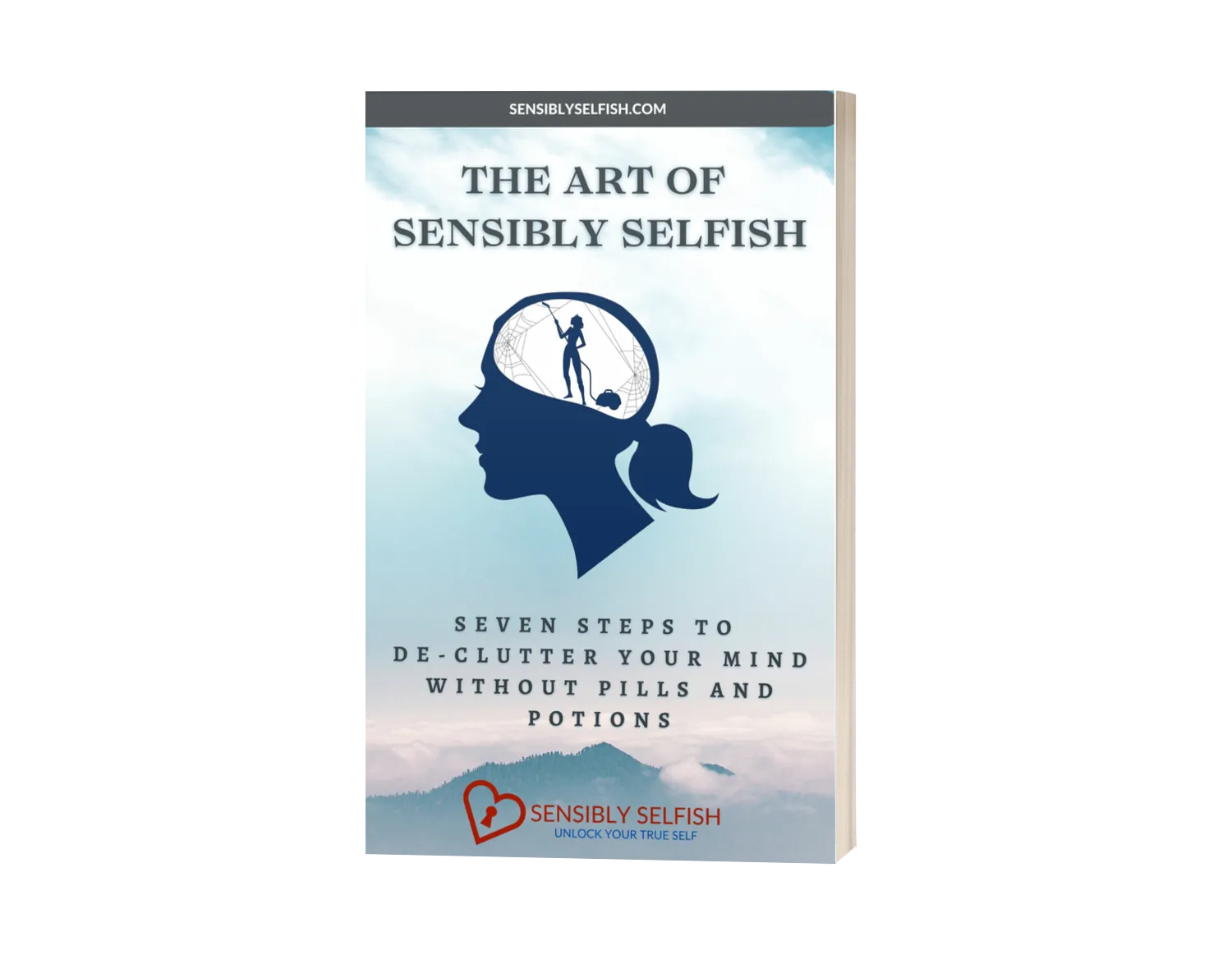The Power of Conscious Breathing
For Vitality and Inner Peace At Midlife
[Toc]

Conscious Breathing
Our breath is the essence of life, the invisible force that sustains us, keeping us alive and thriving. Yet, it is often overlooked and taken for granted, as the act of breathing comes naturally to us. However, the truth is that most of us are breathing poorly, depriving our bodies, especially our brains, of the vital oxygen they crave. When you have been on the planet for several years, bad breathing can lead to a host of issues, affecting your mental clarity and overall well-being.
In this fast-paced world, dedicating just 10-15 minutes a day to conscious and deep breathing can be truly life-changing. The benefits are manifold – improved mental clarity, better sleep, lower stress levels, a strengthened immune system, reduced effects of Alzheimer's and so much more. When we embrace the power of conscious breathing, we unlock the gateway to a quieter mind, creating space for self-actualization and personal growth.
In the following sections, we will explore several simple yet powerful breathing techniques. These practices are beneficial for women over 45, offering effective ways to reduce stress, promote relaxation, and enhance overall vitality. With a commitment to incorporating these techniques into your daily life, you can harness the potential of your breath to cultivate a calmer, more centered, and fulfilling existence.
Challenge Yourself To Breathe
Below you will find different techniques to improve oxygenating your body. Spend time exploring all options. Sometimes the one you like the least is the best option for your body. Other times, depending on your situation you may find one technique that suits better. Chop and change, don’t be stagnant. Make up your own rules, and breathe.
Also, check out other Sensibly Selfish posts for example the Mini Retreat post where you can utilize your new breathing skills to develop other techniques and skills to unlock your true self.
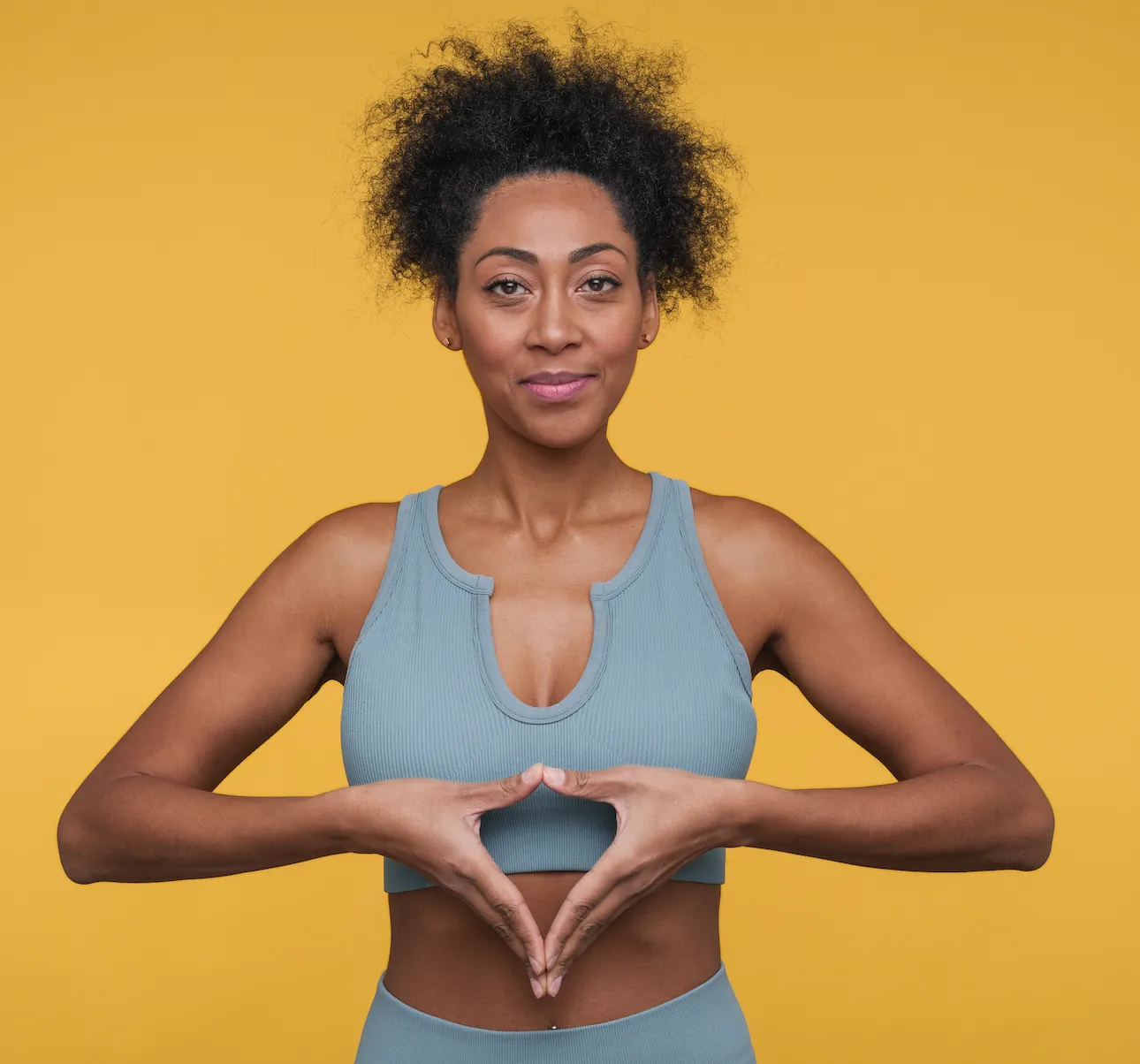
Diaphragmatic Breathing (Deep Breathing)
Diaphragmatic breathing is a fundamental technique that encourages deep inhalation, filling the lungs. This technique can help reduce stress and anxiety while promoting relaxation.
To perform diaphragmatic breathing:
- Find a comfortable, quiet place to sit or lie down.
- Place one hand on your chest and the other on your abdomen.
- Inhale deeply through your nose, expanding your abdomen as you breathe in. Your chest should remain relatively still.
- Exhale slowly and completely through your mouth, feeling your abdomen contract.
- Repeat this process for a few minutes, focusing on the rhythm of your breath.
4-7-8 Breathing (Relaxation Breath)
The 4-7-8 breathing technique is a simple yet effective way to calm the mind and reduce stress levels. It's best practiced while lying down or sitting comfortably.
- Inhale quietly through your nose to a mental count of four.
- Hold your breath for a count of seven.
- Exhale completely through your mouth to a count of eight, making a whooshing sound.
- This completes one breath. Repeat the cycle for at least four breaths initially and gradually work your way up to eight breath cycles.

Alternate Nostril Breathing (Nadi Shodhana)
Nadi Shodhana is a yogic breathing technique that aims to balance the flow of energy in the body. It can help reduce anxiety and promote mental clarity.
- Sit comfortably with a straight back and relax your shoulders.
- Use your right thumb to close off your right nostril and inhale deeply and slowly through your left nostril.
- Close your left nostril with your right ring finger and release your right nostril.
- Exhale slowly and completely through your right nostril.
- Inhale deeply and slowly through your right nostril.
- Close your right nostril and release your left nostril, then exhale through your left nostril.
- This completes one cycle. Repeat for several cycles, focusing on your breath.
Bee Breath (Bhramari Pranayama)
Bee breath is a calming technique that can help reduce tension and anxiety.
- Sit comfortably with your eyes closed.
- Inhale deeply through your nose.
- Exhale slowly while making a low-pitched humming sound, similar to the buzzing of a bee.
- Feel the vibrations and focus on the calming sensation it brings.
- Repeat this process for a few minutes, allowing your mind to relax.
Ocean Breath (Ujjayi Breathing)
Ujjayi breathing is often used in yoga practice, to improve concentration and increase oxygenation in the body.
- Sit or stand in a comfortable position with a straight back.
- Inhale deeply through your nose, slightly constricting the back of your throat to create an ocean-like sound.
- Exhale slowly through your nose, maintaining the constriction in your throat.
- Continue this steady and audible breath for a few minutes, focusing on the sound and rhythm.

Box Breathing (Square Breathing)
Box breathing is a technique used to promote calmness and mindfulness.
- Find a quiet space and sit comfortably with your back straight.
- Inhale deeply through your nose to a count of four.
- Hold your breath for another count of four.
- Exhale slowly through your nose to a count of four.
- Pause and hold your breath again for a count of four.
- Repeat this cycle for a few minutes or until you feel relaxed and centered.
Progressive Relaxation
While not a traditional breathing technique, progressive relaxation involves deep breathing combined with muscle tension and release, making it an excellent way to unwind and relieve physical tension.
- Find a quiet space and lie down or sit comfortably.
- Inhale deeply, focusing on your breath.
- As you exhale, tense the muscles in one part of your body (e.g., your shoulders) for a few seconds, then release the tension as you inhale.
- Move on to another part of your body (e.g., your arms) and repeat the tension-release process.
- Continue this practice, gradually working your way through all major muscle groups.
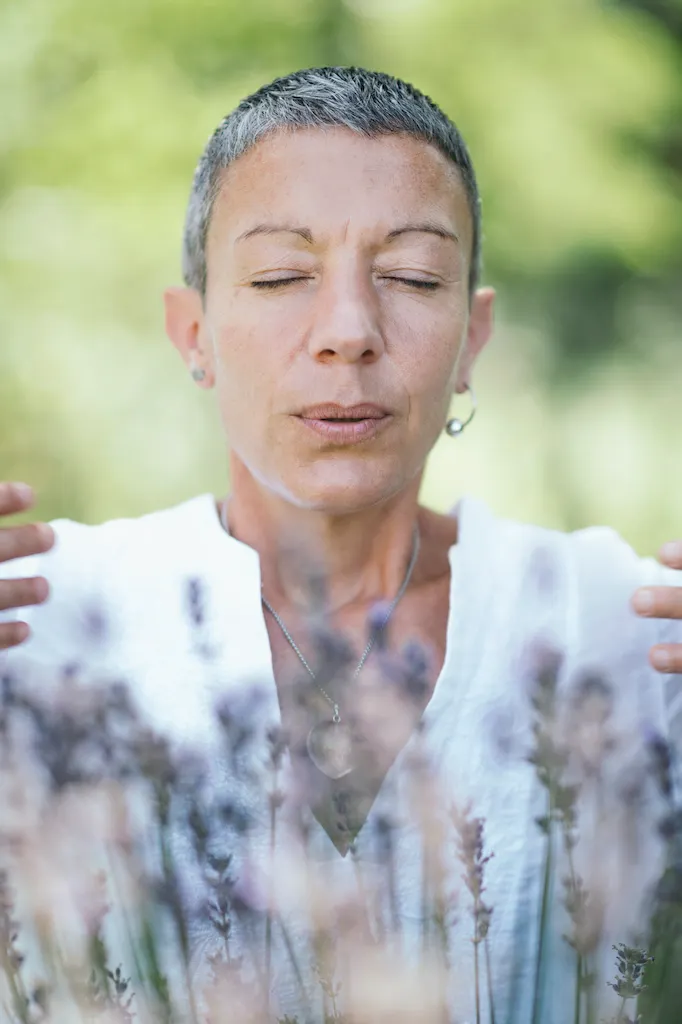
Sun Breathing
This technique can be used with any object in mind. This technique is particularly powerful during the winter when your extremities may feel cold.
- Lay or sit comfortably
- Breathe in through your nose and out through your mouth.
- Let your natural breath guide your thoughts and movements
- Imagine a flame or small sun at the center of your chest
- Inhale - see it get bigger
- Exhale - see it get brighter
- Challenge yourself to make the Sun move up/down or grow longer/wider
- Push the object above you into the universe/below you into the earth's centre
- Expand the Sun's light to surround you on all sides, with an ever-expanding potential to connect to the light of others.
Wim Hof Breathing
Known as the Wim Hof Method, is a powerful breathing technique developed by the "Iceman" Wim Hof. This method combines specific breathing patterns with cold exposure and meditation to enhance physical and mental well-being.
The technique involves a series of deep breaths followed by short exhalations, culminating in a period of breath retention. This process is repeated for several cycles, oxygenating the body and alkalizing the blood.
The Wim Hof Breathing technique is renowned for its ability to increase energy, reduce stress, and strengthen the immune system. Moreover, it allows practitioners to withstand cold temperatures more effectively. By mastering this profound breathing practice, individuals can tap into their inner strength and achieve a heightened sense of self-control and resilience.

Holotropic Breathing
Holotropic breathing is a technique developed by psychiatrist Dr. Stanislav Grof and his wife Christina Grof as a way to induce altered states of consciousness. The term "holotropic" means "moving toward wholeness" in Greek, reflecting the goal of integrating different aspects of the self. This technique typically involves deep and rhythmic breathing to achieve altered states of consciousness, similar to those experienced during meditation or certain psychedelic experiences.
Holotropic breathing involves rapid and deep breathing patterns, often accompanied by music. Participants are encouraged to breathe deeply and continuously without a pause between inhalation and exhalation. The purpose of holotropic breathing is to induce altered states of consciousness, which may include intense emotions, visual and auditory hallucinations, and a sense of connection with a deeper aspect of the self or the universe.
Holotropic breathing is often done in group settings, with one person acting as the breather and another as a sitter or facilitator. The facilitator provides support and ensures the safety of the person undergoing the experience. After the breathing session, participants may engage in activities such as artwork, journaling, or group sharing to help integrate and make sense of their experiences.
While many people find holotropic breathing to be a transformative and positive experience, it's not suitable for everyone. People with certain medical conditions, such as cardiovascular issues or a history of psychosis, should avoid holotropic breathing. It's crucial to consult with a qualified healthcare professional before attempting this technique, especially if you have any pre-existing health concerns.
Holotropic breathing can induce intense emotional experiences. It's essential to approach the practice with respect and be prepared for a wide range of emotions to surface during the session. Holotropic breathing is often done in a structured and facilitated environment. This helps ensure that participants are supported and that the experience is as safe as possible. Solo attempts without proper guidance may increase the risk of adverse effects.
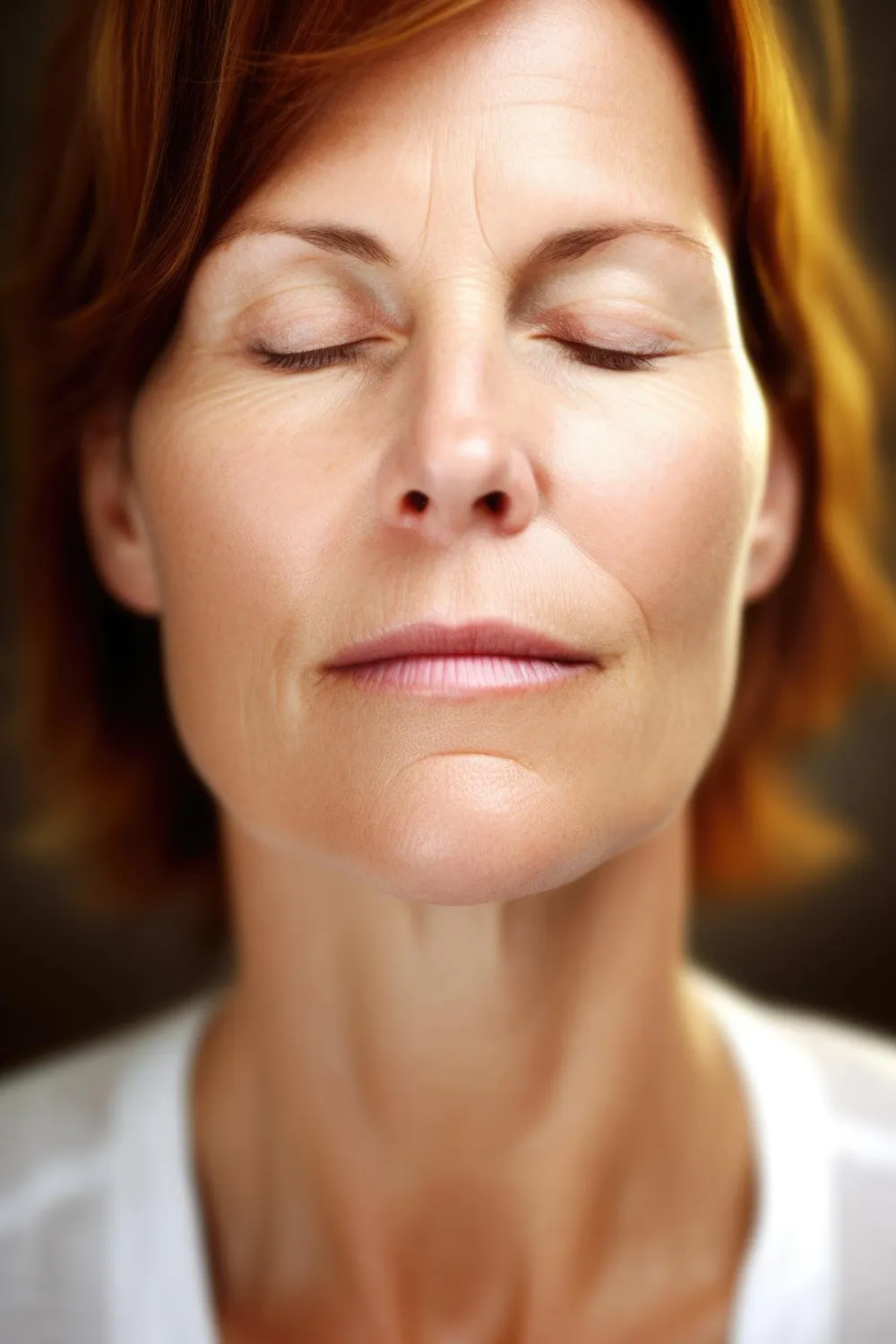
James Nestor and Breath
Nestor, author and journalist is known for his captivating work on the subject of breathing and its impact on human health. In his critically acclaimed book, "Breath: The New Science of a Lost Art," Nestor delves into the fascinating world of respiratory physiology, unearthing the ancient wisdom of breathing practices and their relevance in our modern lives. Through extensive research and personal experiments, he sheds light on the detrimental effects of poor breathing habits and offers insights into how conscious diaphragmatic breathing can transform our well-being.
Nestor's exploration of ancient breathing techniques reveals the potential for improved respiratory function, reduced stress, and enhanced overall vitality. By inspiring readers to reevaluate their breathing patterns, James Nestor's work opens up a world of possibilities for those seeking to harness the profound healing power of the breath. His book is well worth reading.
Don’t Forget to Breathe!
Simple breathing techniques are Sensibly Selfish for women over 45. They can help manage stress, improve mental clarity, and promote relaxation. When you incorporate these practices into your daily routine you will promote a positive impact on your overall well-being and quality of life. Whenever you need a moment to unwind and rejuvenate remind yourself to breathe. Consistency is key, and over time, you will reap the rewards.




